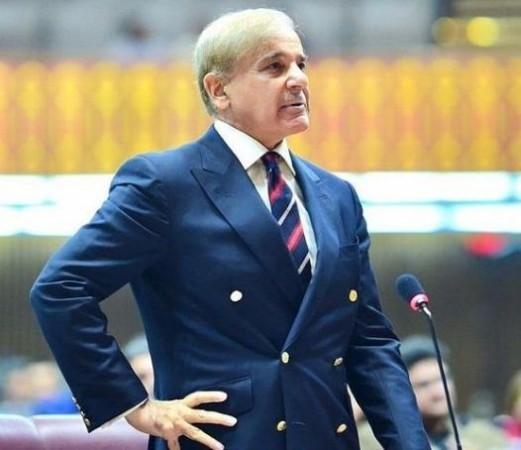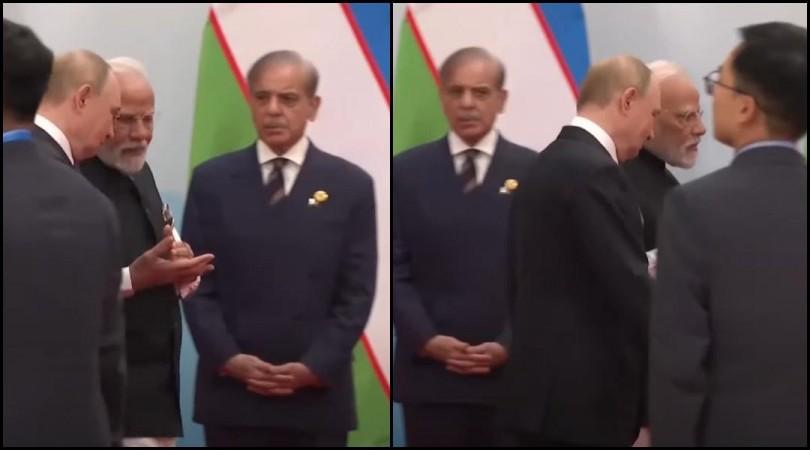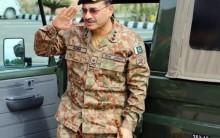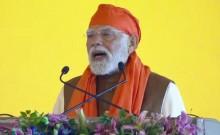
Pakistan is currently hedging a bet to survive the inclement weather from economic and political instability within, and ties destabilizing with its neighbours. Till now, it was engaging China to secure urgent financial support and for the supply of defence equipment, while the United States and other Western governments helped it secure loans and some arms and ammunition as well.
Now, Islamabad seems to be juggling a position where it will count on China on strategic and security issues, while approaching the US on economic, trade, and institutional support, where Washington's leverage matters.
Incidentally, Pakistan's total external debt reached about $135 billion in Q2 2025, say reports. Islamabad already owes Beijing an estimated cluster of around $30 billion, with China being identified as one of Pakistan's largest bilateral creditors. It supplies concessional loans, infrastructure investment, and state-backed financing for ports, energy, and transport projects that Pakistan needs for growth and connectivity.
However, rising public concern about debt terms, slow project delivery, and limited local industrial spillovers has created domestic scrutiny and occasional friction. Afghanistan's Khaama Press on Saturday carried an article on how the International Monetary Fund (IMF) has raised an alarm over $ 11 billion discrepancy in Pakistan's trade data across the past two fiscal years.

Import figures reported by Pakistan Revenue Automation Limited (PRAL) were $ 5.1 billion lower than those from Pakistan Single Window in FY2023-24, and the gap widened further to $ 5.7 billion in FY2024-25.
These inconsistencies, claimed the news agency, have heightened concerns about the credibility of Pakistan's external sector statistics, leading the IMF to demand corrective measures and a clear communication strategy to restore investor confidence.
In late September 2025, said the article, the IMF launched its formal review of its $ 7 billion Extended Financing Facility (EFF) and $ 1.1 billion Resilience and Sustainability Facility (RSF), covering performance through June 2025.
In search of some manna, the political and military leaders of Pakistan are now cozying up to White House, which is facing violent protests back home from hardline Islamist organisations. Prime Minister Shehbaz Sharif and General Asim Munir recently met Trump in Washington, where photographs showed them peddling rare earth minerals, and reports also claimed that they offered a port for the US to develop.
Pakistan had even nominated Trump for the Nobel Peace Prize.
The ongoing protests by Tehreek-e-Labbaik Pakistan (TLP) in several major cities come at a time when the country is grappling with simmering insurgency in Balochistan, fatal clashes in the former Federally Administered Tribal Areas (FATA), and in Pakistan-occupied Kashmir (PoK), underscoring the federal government's failure to meet domestic challenges.
But Islamabad relies on Washington as a key source of financial cooperation, trade facilitation, and access to multilateral support like the IMF, World Bank, and other international donors.
Pakistan is also opening ties with Gulf states, Turkey, Malaysia, and Central Asian partners to broaden its options for trade, remittances, and energy. Additionally, following a recent defence deal with Saudi Arabia, Pakistan has been seeking investment from Riyadh in health, communications, and other sectors.
(With inputs from IANS)
















